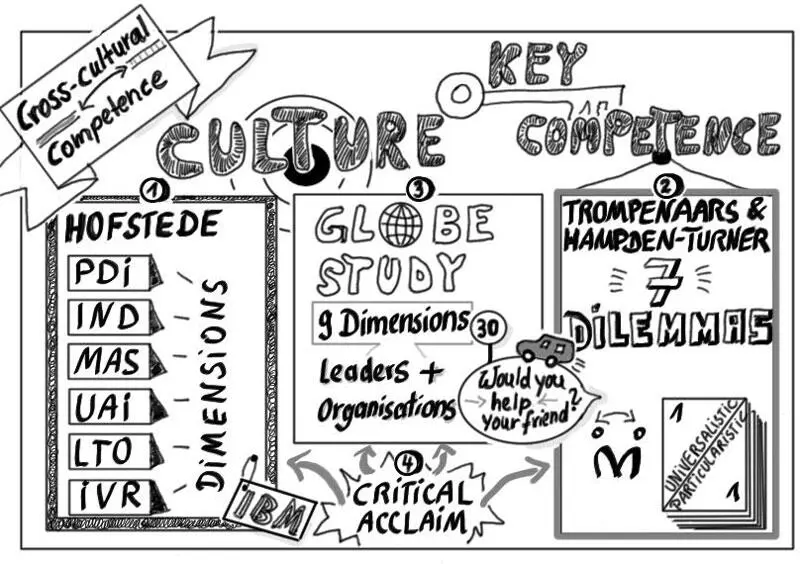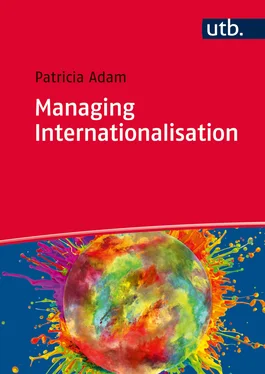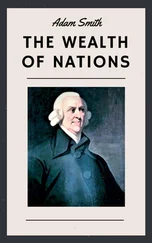1 ...6 7 8 10 11 12 ...20 
1Morschett, D., Schramm-Klein, H., & Zentes J. (2010), pp. 71-82; Holtbrügge, D., & Welge, M. K. (2010), pp. 25-26.
2Contents based on Morschett, D., Schramm-Klein, H., & Zentes J. (2010), p. 72, figure 4.1; Holtbrügge, D., & Welge, M. K. (2010), p. 24, tab. 1-7
3Johanson, J., & Vahlne, J.-E. (1977)
4A good overview of theories dealing with foreign direct investments is provided in Holtbrügge, D., & Welge, M. K. (2010), pp. 54-78
5UNCTAD (2013b)
6UNCTAD (2010), p. iii
7UNCTAD (2010), p. XVIII. Unfortunately, the newer World Investment Reports concentrate on FDI inflows and outflows but do not offer a recent count of TNCs.
8UNCTAD (2014), p. 16
9Bartlett, C., & Ghoshal, S. (1986); Bartlett, C., & Ghoshal, S. (1987a); Bartlett, C., & Ghoshal, S. (1987b); Ghoshal, S., & Nohria, N. (1993); Bartlett, C., & Ghoshal, S. (1998)
10Based on Bartlett, C., & Ghoshal, S. (1986), p. 377; Kutschker, M., & Schmid, S. (2011), p. 300
11Bartlett, C., & Ghoshal, S. (1986); Bartlett, C., & Ghoshal, S. (1987a); Bartlett, C., & Ghoshal, S. (1987b); Ghoshal, S., & Nohria, N. (1993); Bartlett, C., & Ghoshal, S. (1998). Industry examples from Morschett, D., Schramm-Klein, H., & Zentes J. (2010), pp. 43-44 and Kutschker, M., & Schmid, S. (2011), pp.301-304.
12Bartlett, C., & Ghoshal, S. (1998), p. 18
13Bartlett, C., & Ghoshal, S. (1986); Bartlett, C., & Ghoshal, S. (1987a); Bartlett, C., & Ghoshal, S. (1987b); Ghoshal, S., & Nohria, N. (1993); Bartlett, C., & Ghoshal, S. (1998); Morschett, D., Schramm-Klein, H., & Zentes J. (2010), pp. 34-35; Kutschker, M., & Schmid, S. (2011), pp.301-304.
14Economist Intelligence Unit (2012)
15Rüegg-Stürm, J. (2004a), p. 12
16Rüegg-Stürm, J. (2004b). More information about the use of this integrative approach can be obtained at the website of Universität St. Gallen: http://www.es.unisg.ch/en/custom-programs/approach/intergrative-approach.php(access 01.03.2015); A good overview offers the author’s German publication (Rüegg-Stürm, J. (2004a)). An extract of it is obtainable online: http://www.michaelegli.ch/html/img/pool/Neues_St._Galler_Managementmodell.pdf(retrieved 01.03.2015).
17US Department of Commerce & NIST (2015). The model will be updated yearly and the recent brochures are for sale and partly displayed at the NIST website. Information about the use of this model for awards in different countries can be obtained from US Department of Commerce & NIST (2005). As “Home of the Baldrige Performance Excellence Program” the NIST offers also many publications of MBNQA winners with best practices free of charge, true to their mission to foster improvements.
18US Department of Commerce & NIST (2015); graphics also available from http://www.nist.gov/baldrige/graphics.cfm
19US Department of Commerce & NIST (2015); graphics also available from http://www.nist.gov/baldrige/graphics.cfm
20NIST (2010)
21EFQM & ILEP (2012). A short introduction to the EFQM itself, the EFQM model, its Fundamental Concepts and possible uses can be retrieved from the official EFQM website ( www.efqm.org). A short overview of the model is offered as pdf publication free of charge: EFQM. (2012). An overview of the EFQM Excellence Model . Retrieved from www.efqm.org/sites/default/files/overview_efqm_2013_v1.1.pdf. The EFQM offers at its website model related publications in several languages, mainly for sale. For German users that work internationally, the dual language version (German/English) used here can be highly recommended. For some award processes, free information on best practices concerning selfassessments and the award process is provided on the internet. For example for the German Excellence Price called Ludwig-Erhard-Preis ( www.ilep.de)
22EFQM (2015d)
23EFQM (2015e)
24EFQM (2015f)
25NIST (2010)
26EFQM & ILEP (2012), p. 6
27Definitions taken from EFQM & ILEP (2012), pp. 8-14
28EFQM & ILEP (2012), p. 16
29Definitions assembled from EFQM & ILEP (2012), pp. 18-31
30Definitions assembled from EFQM & ILEP (2012), pp. 34-40
31Definitions from EFQM & ILEP (2012), p.18
32General idea and parts of the attribution based on EFQM & ILEP (2012), p. 42
33EFQM & ILEP (2012), p. 42
34Deming, W. E. (2000), p. 88. (Deming calls it in his own book the “Shewhart Cycle” but notes that it has been called Deming Cycle since he introduced it in Japan in 1950). The PDCA cycle is referred to regularly in books about (Total) Quality Management, for example Juran, J. M., & De Feo, J. A. (2010), pp. 204-205 or Oakland, J. S. (2014), pp. 120-125 (with various decuctions and uses for example pp. 250-252, 263-266, 296).
35EFQM & ILEP (2012), p. 44
| 2 |
Key Issue: Developing Cross-Cultural Competence |

Readers are aware of the importance of recognising and respecting cultural differences for facilitating international relations of any kind. They are able to explain and compare different frameworks for distinguishing organisational or national cultures. The awareness about their own cultural perspectives and resulting judgements is heightened and the ability to reconcile cultural dilemmas enhanced.
Knowledge about intercultural differences and their manifold effects on the building blocks of the management system is a key prerequisite for a successful internationalisation. This section explains typical pitfalls of mono-cultural thinking in a global business environment and provides different business-related frameworks for distinguishing cultures. The use of these frameworks in designing and implementing international management systems can foster an organisational climate embracing the opportunities of multicultural approaches for doing business. Figure 2-1delivers the concept map for treatment of the key issue Cross-Cultural Competence.

Figure 2-1: Concept Map “Cross-Cultural Competence”
| 2.1 |
The Importance of Intercultural Understanding for International Business Issues |
Culture is still one of the most iridescent concepts in science. When people first think about culture, it is usually about the obvious aspects like behaviour, traditions and customs. French people carrying baguettes, African people in colourful caftans and the formal bows in Japanese greetings – all these observations shape our perception of culture. But these observations form only the tip of the (cultural) iceberg. The famous cultural iceberg metaphor (usually attributed to Edward T. Hall from his book published 1976, although he does not use the term) 1illustrates that the essential cultural differences lie underneath the visible spectrum, as depicted in Figure 2-2. Dissimilarities in beliefs, values and thought patterns are far more relevant for intercultural misunderstandings than different traditions that are more prominently displayed and therefore create awareness more easily.

Figure 2-2: The Cultural Iceberg
Читать дальше
















